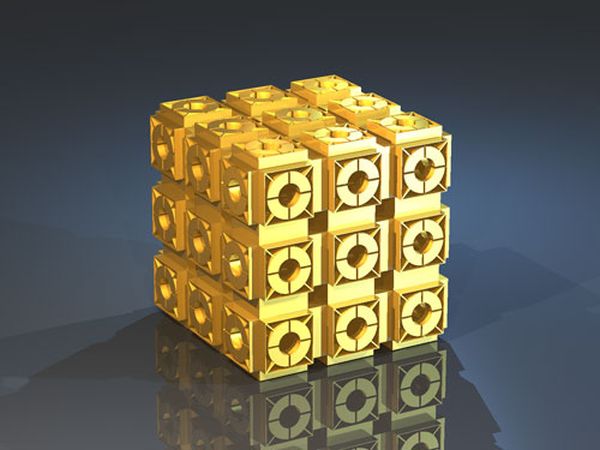A few days ago we talked about how MIT researchers are developing solar oriented metamaterials that showcase a whopping 95 percent efficiency. And, now we have the scientists at the U.S. Department of Energy’s Ames Laboratory embarking on an endeavor to find suitable components for such kinds of utterly futuristic conceptions. In fact, the expansive project calls for a method to evaluate different conductors that can be used in the structure of these metamaterials.

Coming to the scope of metamaterials, these specific artificial materials are created to exhibit some kind of unique property that doesn’t exist in our natural state. Now, by unique property we mean that it can range from anything out of the ordinary; like cloaking devices that sneak past RADAR or miniature antennae that have dimensions of only a few millimeters.
So, it is this wide ambit of varied applications that make metamaterials an exclusive component for technological advancement. However, as with any other fallible technology, its potential is constrained by some obstacles that scientists are looking forward to solve.
Among such impediments, the major issue concerns unabated energy loss, which is depleted due to its conversion to heat in the metamaterial’s metallic components. In this respect, the researchers at the Ames Laboratory have evaluated a variety of conducting materials that include graphene, high-temperature superconductors and transparent conducting oxides.
According to the scientists, graphene exhibits all the flexibility and structural advantages required as a sturdy material. However, it fails in its very low degree of conductivity. Other materials like superconductors also show promise as a usable substitute, but components like gold and silver still remain the preferred conductors in the current scope.
However, that doesn’t necessarily entail that there would be a scarcity of credible alternatives in the future. In fact, this was the aim of the study all along: to evaluate different sets of components to be used as metamaterial conductors. And, so at the end of the day, the comprehensive search for practicality still remains very much active.
Via: AmesLab




